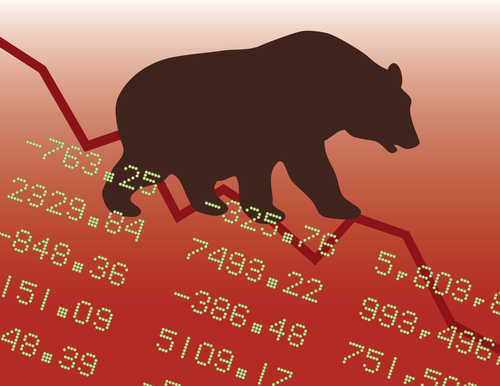How the Kelly Percent Rule Could Save You Thousands

By now, you’ve heard the expression, “don’t put all your eggs in one basket.”
The same holds true with stocks.
If I risk too much on one trade and it goes against me, I’ve just made a potential mess of my portfolio. Or let’s say you have a $100,000 portfolio, and you decide to risk 10% of that per trade. If your next 10 trades are now losers, you just wiped out your full account. Bad move.
My buddy Mike once risked his entire $25,000 trading account on a single trade. To him, it was a “can’t lose” stock. ut as we all know those don’t exist. In the first 24 hours of the trade, he picked up 15%. Over the next 24 hours that followed, he lost up to 80% of his trading account as his “can’t lose” bet plummeted on earnings.
To say his wife was angry is an understatement.

As I tried to explain to him beforehand, investors must first establish a risk tolerance rule with sizing. If you’re not comfortable losing $10,000 of $100,000 trading account on a single trade, you have no business risking that.
Instead, many of the pros advise risking up to 2% to 5% max on any single trade.
For example, an investor with a portfolio of $100,000 may only be willing to risk 1% or $1,000 on a single trade. On a stock trading at $50, this may mean buying as many as 200 shares for a total position of $10,000 with a stop loss, of course.
This way, even if the trade goes against you, you don’t wipe out your capital.
There’s another interest way to determine exactly how to determine position size. It’s called the Kelly Criterion, which was originally developed by John Kelly as he assisted AT&T with its long distance telephone signal noise issues. Eventually, the gambling community got wind of this and started using it with bets on horse racing.
Today, investors use it, too, to determine risk.
There are two factors. W equals winning probability. R equals win/loss ratio. After looking at your last 20 to 50 trades, use this K% = W – [1-W] / R]
W = number of winning trades divided by number of losing trades.
R = the average gain of winning trades divided by average loss.
The final Kelly % is your risk tolerance per trade.
Don’t blindly throw money at a trade without knowing your risk tolerance, unless you enjoy losing more money than you have to.



